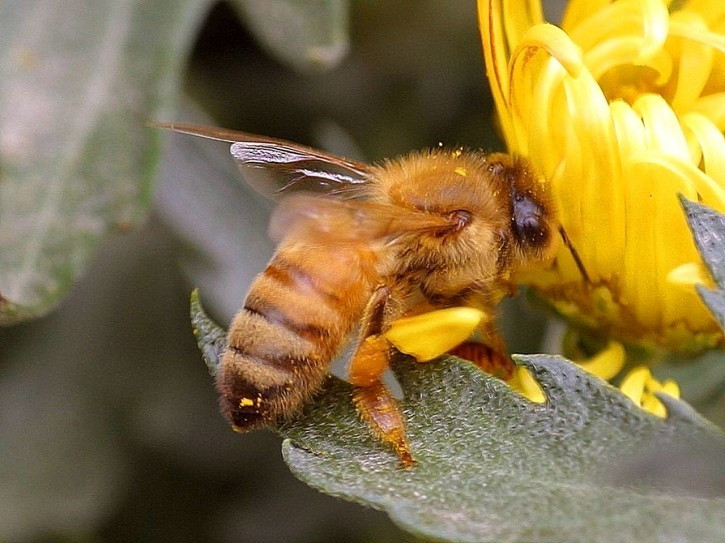Stinging loss: Honeybee populations take another dive

The environmental news keeps getting worse. The US honeybee population has taken another devastating hit, with beekeepers reporting losing 42% of their colonies since last April.
And that's on top of losses of 34% of their colonies in the preceding 12-month period. Before the mysterious colony collapse disorder began around 2006, beekeepers typically lost about 10 percent of their bees a year.
For the first time ever honeybee deaths spiked last summer, exceeding winter deaths, which is "totally shocking," one expert told the New York Times. Bees far more typically die in the winter when food and warmth are in short supply.
Several states were particularly hard hit, with many loosing 60% of their colonies. Wisconsin, Iowa, Illinois, Pennsylvania, Maine and Oklahoma suffered some of the worst losses. Hawaii reported the lowest annual loss with colonies down 14%. The survey was conducted by the Bee Informed Partnership, a consortium of universities and research labs.
The development is crushing to commercial beekeepers who rely on the insects for their livelihood, and also for agriculture. Bees supply pollination "services" estimated to be worth up to $15bn (£9.5bn) a year.
No one knows for certain what's causing the honeybee die offs but theories focus on toxins, including pesticides, transformation to farmland of wildflower habitat so critical to the honeybees' survival, and the varroa mite which infests colonies. The blood-sucking parasites are transmitting and amplifying the effects of deformed wing syndrome, which is destroying UK hives as well.
A class of pesticides known as neonicotinoids are widely used on major crops in the US, but three kinds are banned for flowering plants by the European Commission because of concerns about risks to bees.
© Copyright IBTimes 2025. All rights reserved.






















